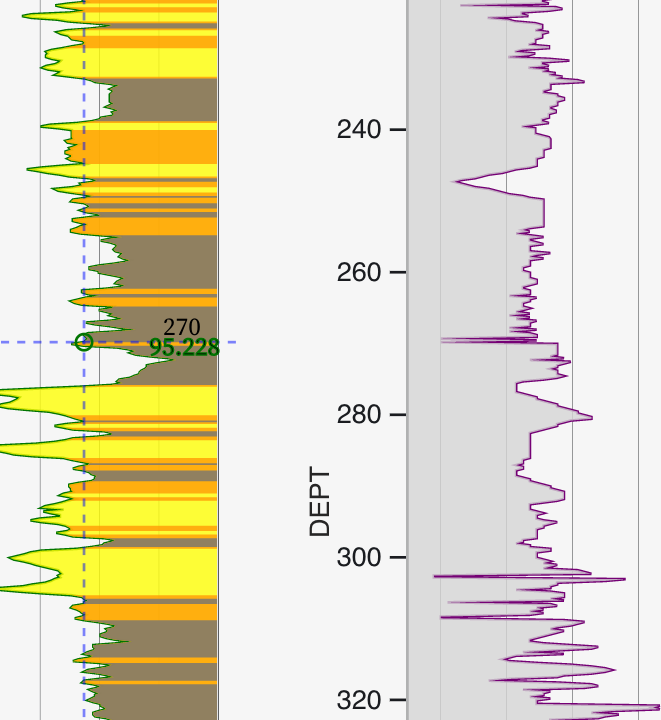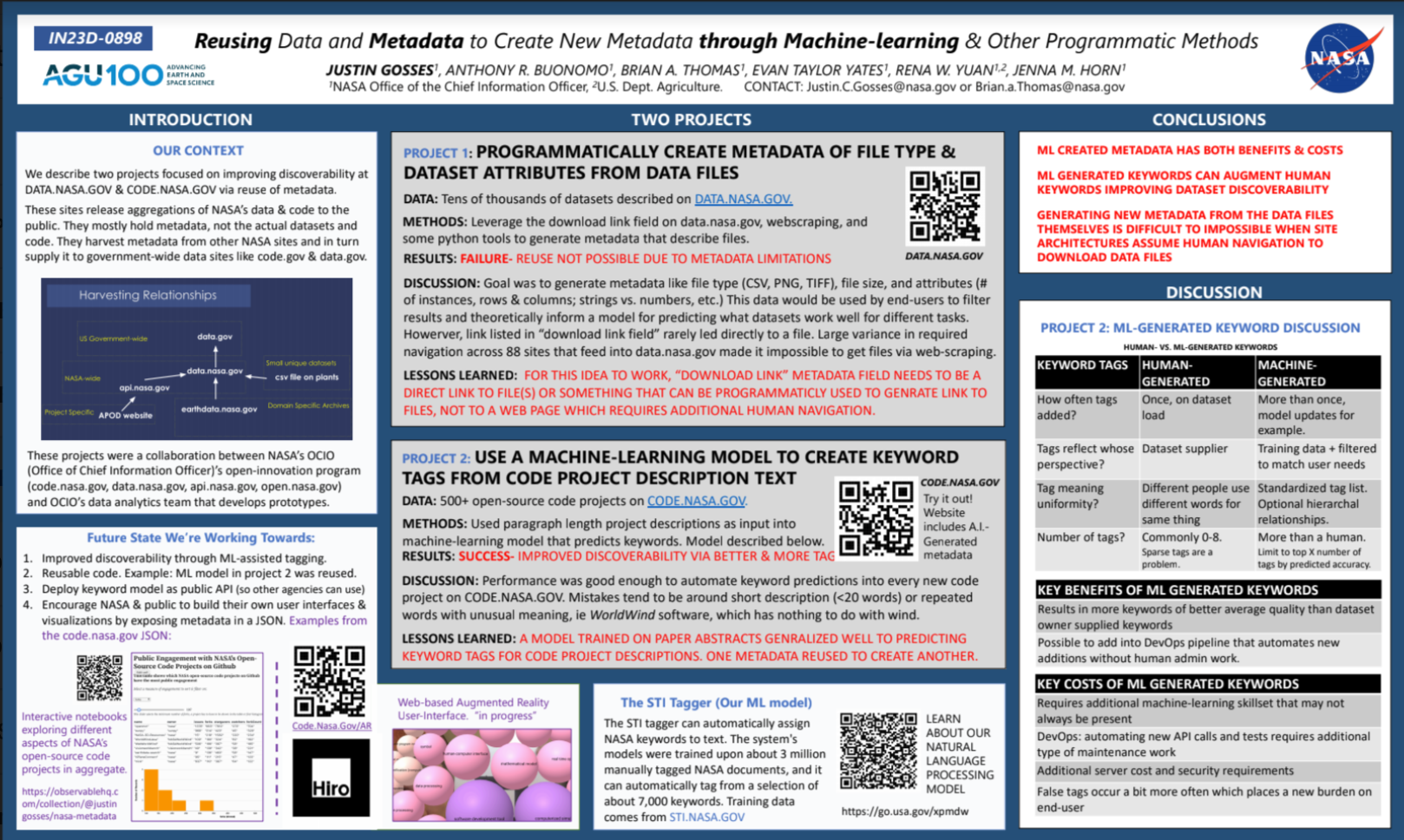What is Mapbox?
Mapbox is an online map service, like CartoDB, which was discussed in a previous post. The value proposition of this type of services is you get to add a nice looking map to your webpage including the zoom and pan features users expect, without having to mess with a full GIS program.
First Impression Comparison to Other Options
Compared to CartoDB, Mapbox seems to have a little bit more flexible and contains more features, which you can choose whether or not you use. It also has a javascript api similar to leaflet, which lets web or mobile developers create new maps on the fly based on user’s interactions within their own website. The additional options increase the level of fiddling around and exploring you end up doing, but don’t seem super distracting as Mapbox does a good job at keeping the extra options out of your way if you don’t want to use them.
Favorite Feature
I’ve not delved deep into every option yet, but one of my favorites was the ability to quickly change image characteristics like saturation, contrast, brightness, etc. The standard base maps imagery tends to be somewhat muted. There is good reasons for this. Often roads and layers that go over the basemap are what you want the users’ eyes to go towards. With a geology background, however, there are times I want to see the variation of the natural features really pop. The map below is a good example of this. The original base map image provided didn’t show nearly as many interesting details, so I changed the image characteristics to bring out certain features.
The Map Below
The map below is a satellite image of Moody’s island in West Galveston bay. The area just to the west of this is sometimes called Christmas Bay. It is one of my favorite areas around Houston. The landscape around this area is in constant flux. Channels move. Sandy banks move. After a hurricane, the shoreline and houses built on it move. Variations in tides and river influx sometimes result in surprisingly clear water in which you can see jelly-fish, sting-rays, and hermit crabs.
The roofs are fishing shacks built on stilts. They can only be accessed by boat. The state doesn’t allow them to be built anymore, but they do allow the owners to maintain and use them following certain regulations.
The Houston area isn’t known for great outside recreation. Some people even assume there just isn’t any. To a certain extent they’re right, but then again there are lots of places like this with loads of wildlife and great scenery. They just take a shallow draft boat to get to, which isn’t that common. Plus, they’re not at all visible from the road, so, unlike mountains or canyons, people don’t necessary know they exist if they aren’t already out there.



0 Comments